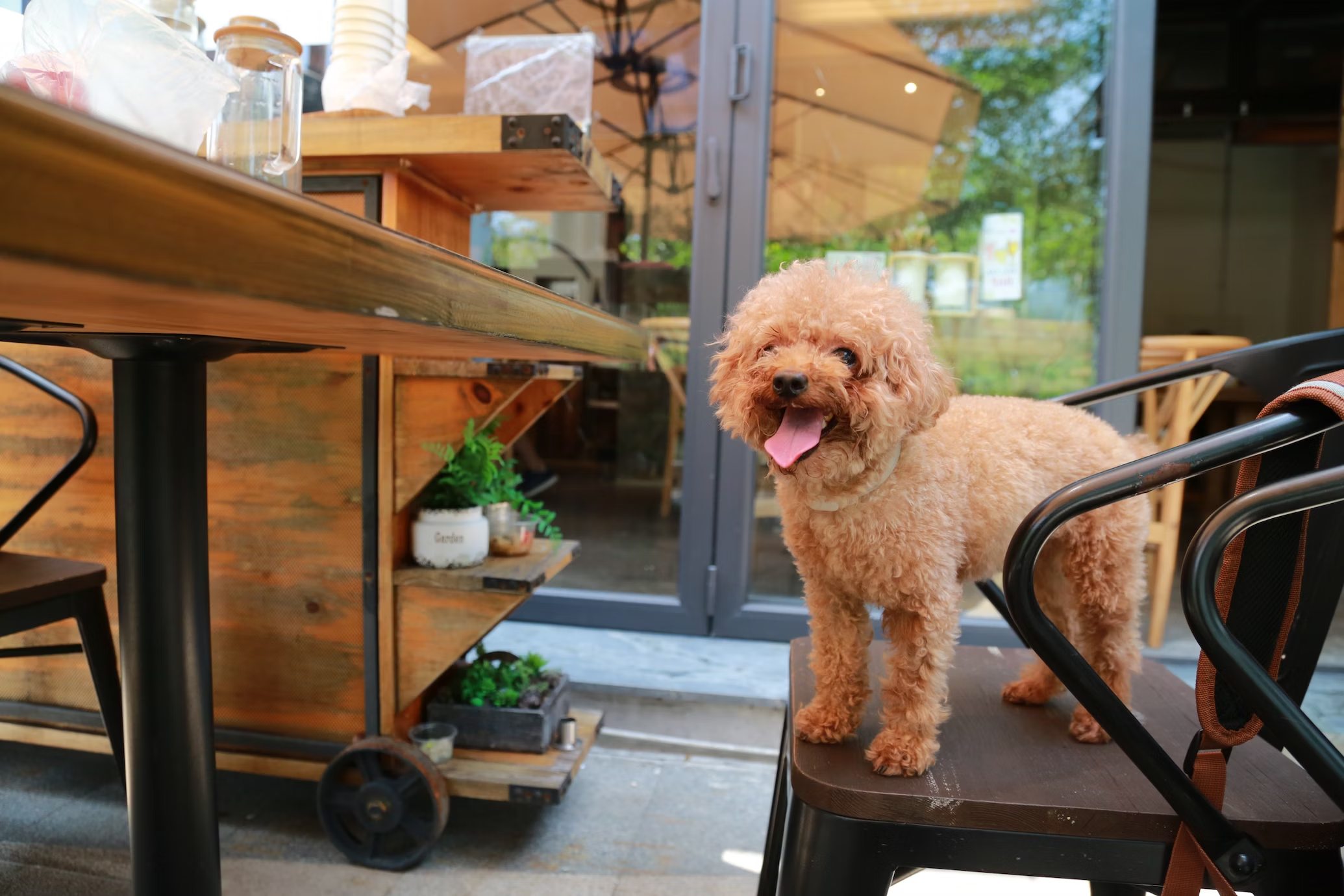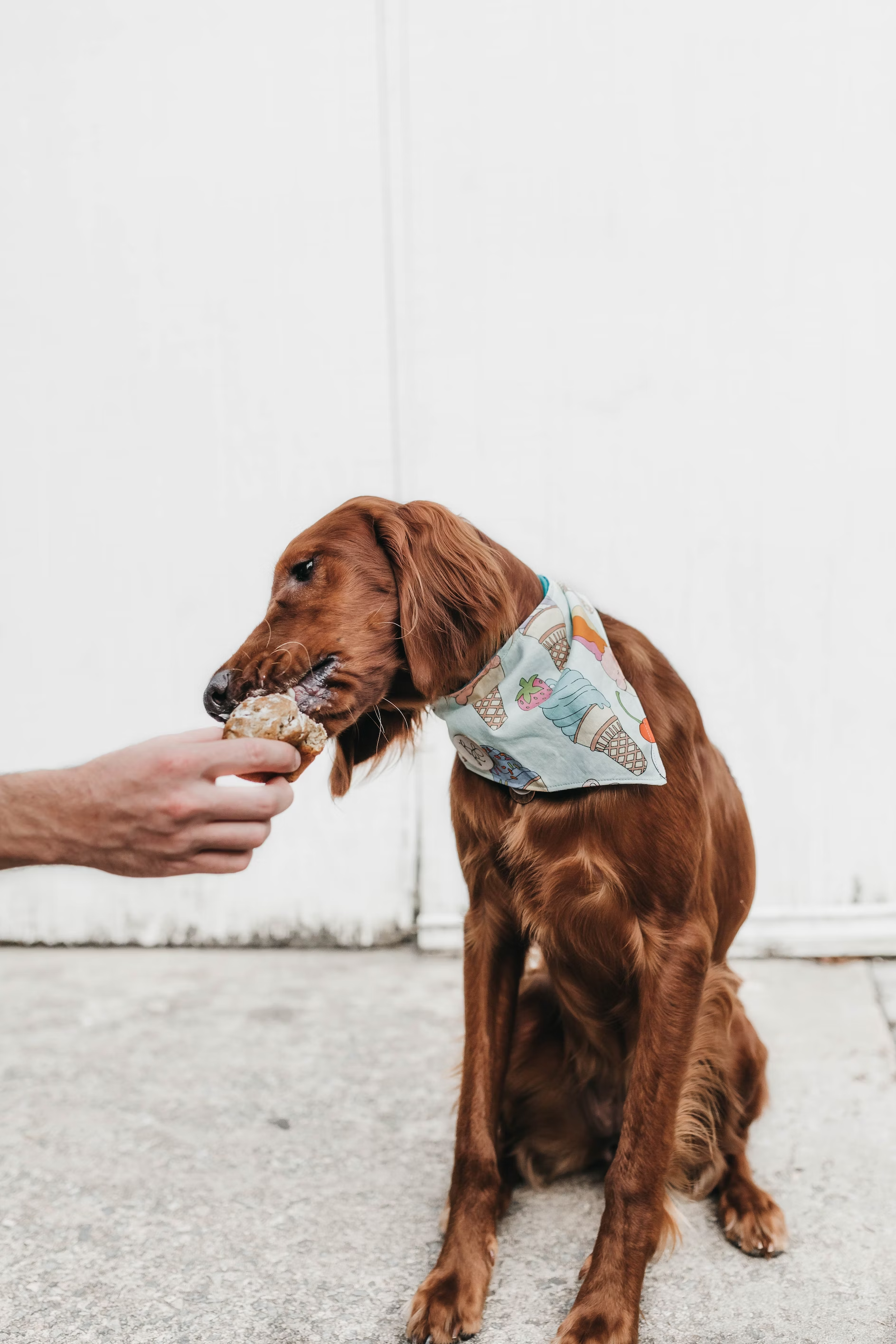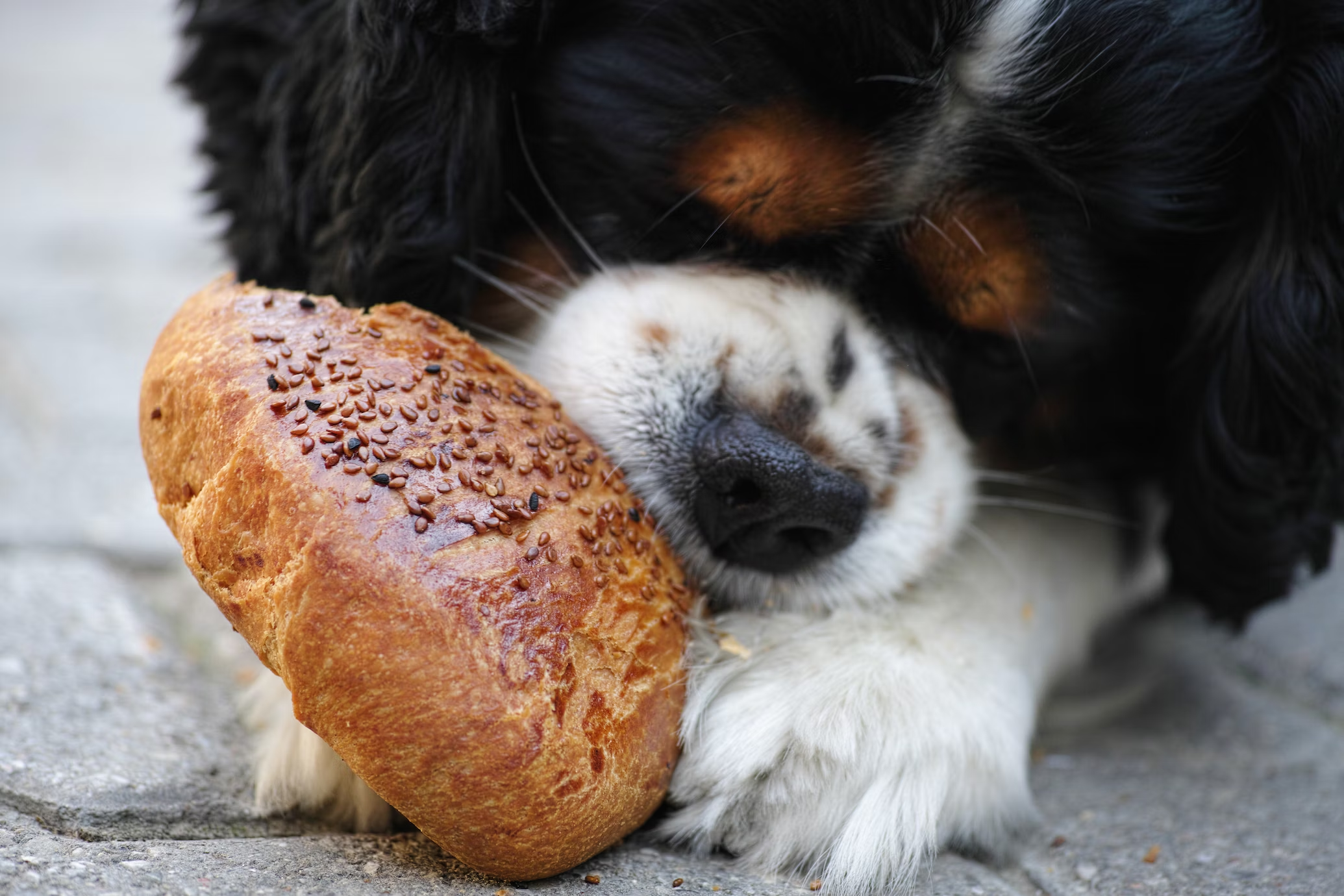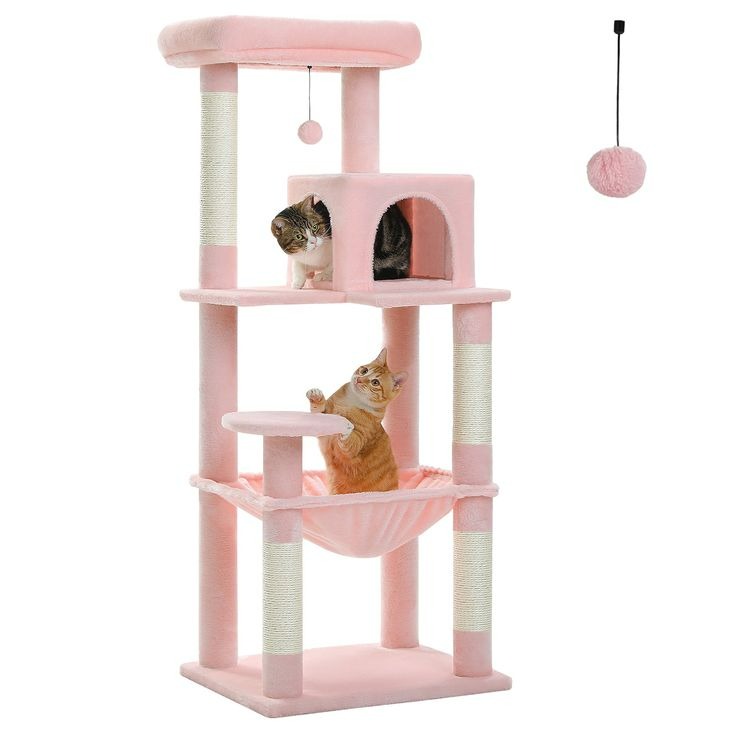Dinner time is usually a joyful occasion for our furry friends, but what happens when your dog starts growling over their food? It can be both intriguing and concerning to witness this behavior. In this engaging blog post, we will explore the fascinating topic of why dogs growl over their food. Is it just their love for food or an instinctive protective behavior? Join us as we delve into this intriguing question and unravel the secrets behind your dog’s behavior at mealtime.
What triggers a dog to growl over their food?
- Resource Guarding: Dogs may growl over their food as a form of resource guarding, instinctively protecting what they perceive as their valuable possessions.
- Fear or Anxiety: Some dogs may growl when they feel threatened or anxious, especially if there have been previous negative experiences around food.
- Lack of Socialization: Dogs that haven’t been properly socialized around food or have had limited exposure to sharing their meals may be more prone to growling.
- Past Traumatic Experiences: Dogs who have experienced food scarcity or competition for food in the past may growl as a defense mechanism.
Is growling always a negative behavior?
- Vocalizing Their Needs: Growling is a way for dogs to communicate their feelings or intentions. It serves as a warning sign to others, signaling that they want to be left alone or asserting their boundaries.
- Protective Instincts: In some cases, growling over food can be a natural protective instinct, ensuring their survival in the wild. It is essential to understand the context and underlying motivation behind the growling behavior.

How can you address and manage growling over food?
- Safe Feeding Environment: Create a calm and secure space for your dog to eat, away from distractions or potential triggers that may cause anxiety or aggression.
- Respect Their Space: Avoid approaching or disturbing your dog while they are eating. Give them the necessary space to enjoy their meal without feeling threatened.
- Professional Training and Behavior Modification: Consult with a professional dog trainer or behaviorist who can provide guidance and develop a customized plan to address the specific triggers causing growling behavior.
- Slow Feeding or Puzzle Toys: Utilize slow-feeders or interactive puzzle toys to extend mealtime and engage your dog’s cognitive abilities. This can help redirect their focus away from resource guarding behaviors.
- Positive Reinforcement: Reward your dog with praise, treats, or affection when they display calm behavior during mealtime. This encourages positive associations and may help reduce growling tendencies.
When should you seek professional help?
- Aggressive Behavior: If your dog’s growling escalates into more aggressive behaviors, such as lunging, snapping, or biting, it is crucial to seek professional help immediately.
- Consistent or Heightened Growling: If your dog consistently growls during mealtimes, and the behavior does not improve with management strategies, consulting with a professional can provide valuable insights and solutions.
- Safety Concerns: If you have young children or other pets in the household, it is essential to address growling behavior promptly to ensure everyone’s safety and well-being.

Conclusion:
Understanding why dogs growl over their food is a fascinating journey into their instincts and behaviors. While growling can be a protective or instinctive response, it is important to manage and address the behavior to ensure a harmonious mealtime experience for both your dog and your family. By creating a safe and calm feeding environment, seeking professional help when needed, and employing positive reinforcement techniques, you can help your dog develop healthier associations with food and mealtime interactions.
So next time you hear your furry friend growl over their food, remember that it is their way of expressing themselves, and with the right approach, you can help them overcome any underlying issues and foster a positive mealtime routine.



